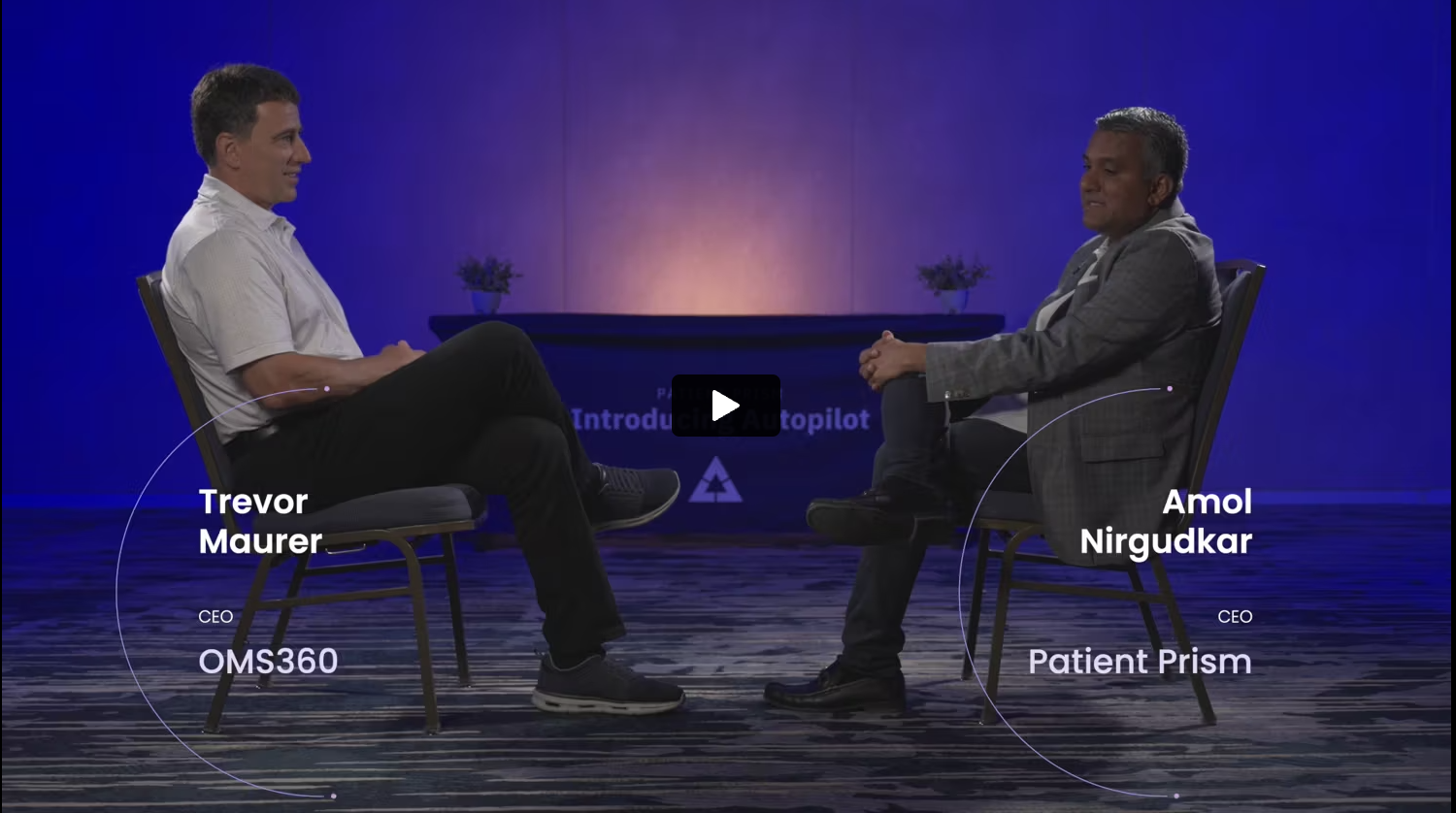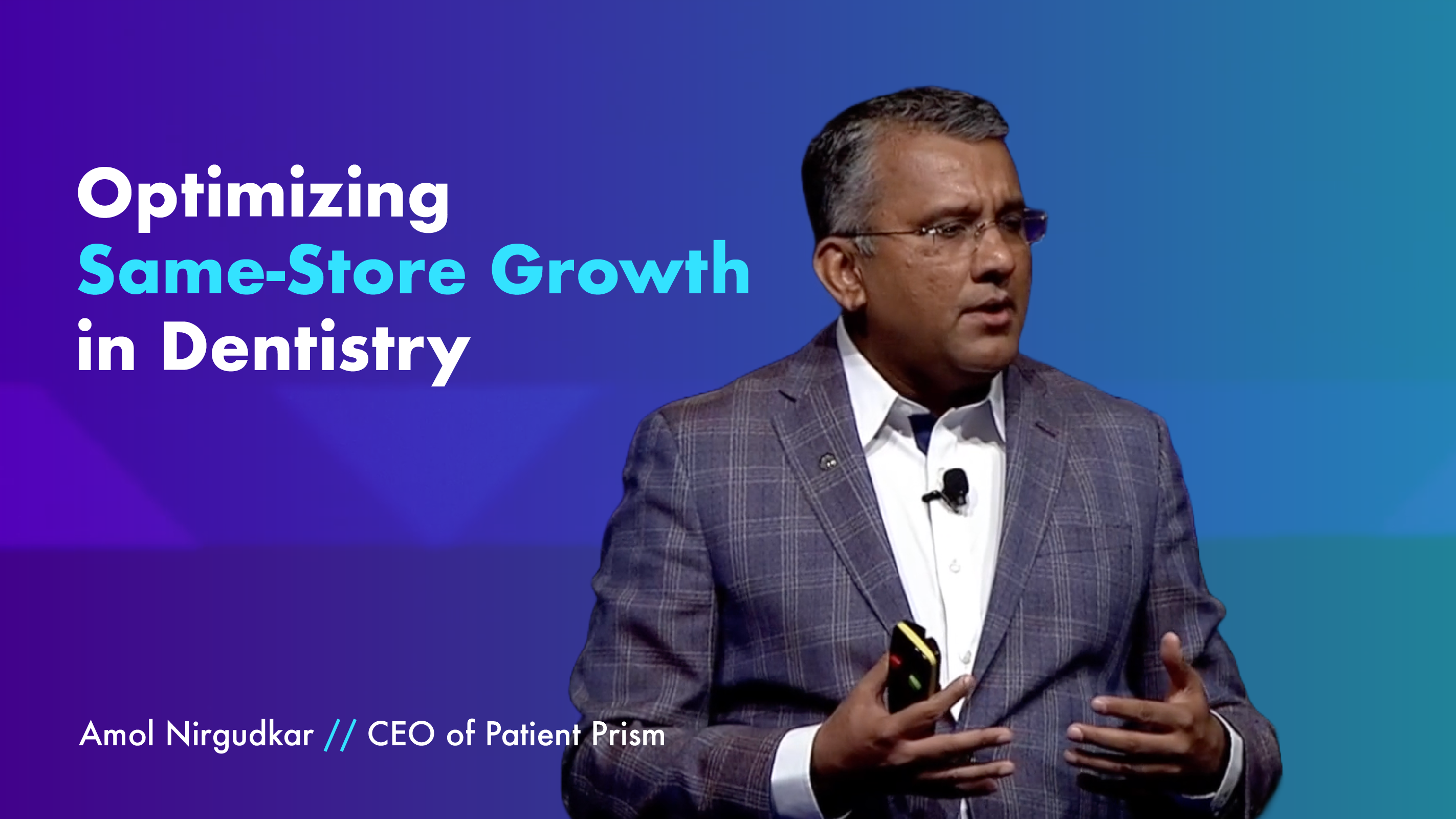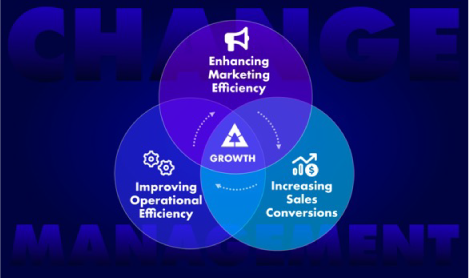Improve Dental Patient Satisfaction
Sustaining and growing a dental practice is dependent on a high rate of new patient acquisition and a high rate of existing patient retention. Patient retention is based on how satisfied patients are with the quality of the dentistry they receive, the quality of the customer service they receive, the kindness and respect of the dental teams, and the quality of the entire patient experience.
“If you have 50 new patients a month, 25% are from marketing, and only 8 of the new patients from marketing are coming back, you are hitting a glass ceiling because you are bleeding most of your marketing patients out the back door,” says Gary Bird, Founder & CEO of SMC National.
“Without high patient retention you are constantly spending more on advertising in a never-ending cycle,” says Amol Nirgudkar, Co-Founder & CEO of Patient Prism. “Satisfied patients are more likely to return and recommend you to their friends and family. If dissatisfied with your service, they will go to your competitor and complain about your practice on social media. Happy patients, give good online reviews, trust in your care, accept the treatment they need, are appreciative, remain loyal patients, and can be depended on for occasional referrals.

Improve Dental Patient Satisfaction – Trust is a must
Patients aren’t doctors so they must trust their provider’s diagnoses and recommendations. If treatment fails, they don’t always understand why. If teeth decay or break between appointments, they don’t necessarily understand why.
The most successful providers spend time with each patient, getting to know them well, doing comprehensive examinations, and collaborating with patients during those examinations to discuss the patient’s understanding of their oral health circumstances. They spend time informing the patient about the causes of changes in the mouth and oral health problems.
They help each patient envision where their oral health is headed, what can be done to prevent inflammation and deterioration, and what a preferred dental future will be with top-quality comprehensive care. They spend time, sometimes over multiple visits, in conversations that lead to patient acceptance of extensive restorative care.
Trust increases or decreases according to how well the doctors, dental hygienists, dental assistants, and administrative support team respond to the individual patient’s concerns, desires, and emotional needs.
Patient satisfaction is not the same as patient experience
Even though “patient satisfaction” and “patient experience” are frequently used interchangeably, they mean two different things.
The Agency for Healthcare Research and Quality (AHRQ) states, “To analyze patient experience, one must ask patients whether something that should happen in a health care context (such as clear communication with a clinician) occurred or how frequently it occurred.”
But in the end, satisfaction revolves around whether a patient’s expectations regarding a health visit were realized. In fact, two patients receiving the same oral health care experience may rate their satisfaction differently because they have different expectations for how care is meant to be given.
Studies have shown low patient satisfaction does not always imply a negative experience. Because communication before, during, and after a procedure significantly impacts the patient’s satisfaction with their experience, healthcare providers need to pay attention to the entire patient experience from the first conversation to the post-visit, follow-up communications.
At each stage of the patient journey, was the patient informed, listened to well, and made to feel cared about and cared for? Were all the members of the front desk and care team and administration who interacted with the patient attentive, friendly, compassionate, appropriately responsive, and helpful?
Ways to improve the entire patient journey
Improve Dental Patient Satisfaction. In dental practices, there are multiple ways to improve patient engagement and provide consumer-centered care that leads to high satisfaction. Let’s explore some of these.
1. Make your practice appear interesting and stand out as exceptional
Before they even meet you, patients will form opinions about your practice. A well-designed, user-friendly website where visitors can learn about your services will make an excellent first impression. Distinguish your practice with social media posts that are inspiring and informative. Discuss with your team what patients like most about your practice and ensure your marketing highlights these attributes. Ask your loyal patients for online reviews that reflect their high satisfaction.
2. Be noticeably considerate of your patients on the phone and in person
Your employees must commit to providing patients with the attention they deserve throughout their entire journey with your practice. For customer service training tips, see 10 Dental Office Front Desk Training Tips to Enhance Customer Experience. Although the ten tips in this article are specific to front desk training, they generally apply to all dental team members.
When patients arrive for appointments, your front-office staff should make eye contact and smile. If the patients appear anxious or confused, be reassuring and comforting. Empathy for what each patient may be going through and making each step of the way as easy and communicative as possible is job #1 for every member of your dental care team.
3. Improve communication with patients
Patient contact begins with a cheerfully answered phone and a willingness to answer all of their queries. Lead a team discussion about every point of interaction team members have with a patient. Brainstorm together about what team members are doing exceptionally well in the area of communication. Identify problems that might have been prevented with higher communication. Make a plan for how each team member can step up communication with patients. Monitor progress and results. This collaborative process will improve the culture of your practice, raising team satisfaction as well as appointment attendance, patient satisfaction, treatment acceptance, and patient retention.

In addition to personalized appointment reminders, post-treatment calls to check on how patients are doing, and inquiries to see if patients are ready to schedule recommended treatment, you can email oral health tips or e-newsletters between appointments. Don’t depend on your existing patients to see a treatment promotion like teeth whitening on your website or on a Google ad. Proactively reach out to them via email to let them know what you offer.
4. Improve the appointment process
Thoughtfully set up your appointment scheduling system and review the philosophy behind the schedule you have designed. Don’t overcrowd the schedule as less time with each patient diminishes the patient experience.
During lunch, office phone lines should be answered. This can be accomplished by rotating staff schedules and ensuring someone is always available to answer phones.
If new patients cannot be seen within the next two weeks, disappointment is apt to lead to the patient going elsewhere. So, make sure there are always one or two open new patient slots on your schedule.
Keep a list of patients who want to be called when sooner appointments become available. If your front office is expected to go the extra mile to attempt to schedule patients last minute when there are openings, it’s a win-win for patients and the practice.
5. Be quick in answering and returning phone calls
Keep patients on hold for no more than 30 seconds, and avoid transferring calls from one person to the next. You must make an effort to return phone calls and emails within a reasonable time frame. New patient calls take priority for ASAP callbacks. Existing patient messages deserve a response on the same day or at the beginning of the next business day. Emergency messages must be communicated immediately to the provider so the provider can decide how to modify the schedule and the team can respond appropriately.
6. Make the billing process easier
Consumers are accustomed to automated billing and payment systems online. Having this option pleases many patients whose lives are busy. But online automation is not the only way to improve the billing process.
To provide a consistent experience, your staff should be trained to:
- Fully inform patients about payment options and financing
- Discuss and collect payment comfortably with patients
- Provide an accurate bill estimate and explain that it is an estimate
- Explain the bill components to the patient
- Assist the patient in filing an insurance claim, or file the claim on the patient’s behalf
- Explain any billing changes that occur after the estimate is presented and the claim is processed
- Send out timely collections reminders
Billing surprises and misunderstandings can spoil an otherwise good customer relationship. Read How to Handle Insurance Conversations at Dental Practices on our Patient Prism blog.
7. Ask your patients for feedback
Let your patients know you want to improve the entire patient experience and would like their top-of-mind feedback about what could have gone better at any point in their interactions with the practice. Assure them you genuinely care and do want to hear about frustrations or upsets, so you can do better. Invite them to have a direct conversation with the practice manager or doctor. As appropriate, apologize for the inconvenience.
Develop a survey consisting of a few questions about aspects of the patient experience and ask patients to fill out the survey before they leave the office. They can anonymously place the form in a collection box or give it back to you for conversation. For example, a simple form might be like this:
On a scale of 1 to 5, rate your satisfaction with:
- Scheduling ___
- Communication with staff ___
- Wait time ___
- Today’s procedures ___
- Information received ___
- Handling of payment concerns ___
- Friendliness of the staff ___
- Cleanliness of the office ___
Would you like to talk about your experience today? If so, please take this survey to the front desk personally.
At the end of the day, review the survey answers. If something needs attention, you can email recent patients a more detailed survey about one or more specific parts of the patient experience and ask for suggestions. Having a way to express their level of satisfaction helps patients understand your commitment to their satisfaction and openness to improve. This all by itself improves overall satisfaction.
8. Tell your patients how much you appreciate them
Flatter loyal patients by saying something like, “I don’t know if you know how much we appreciate your trust in us. We always enjoy seeing you and catching up with you. I feel confident in saying all of us here are here for you. If you have friends like you looking for a dentist, we would love to have them as patients.”







